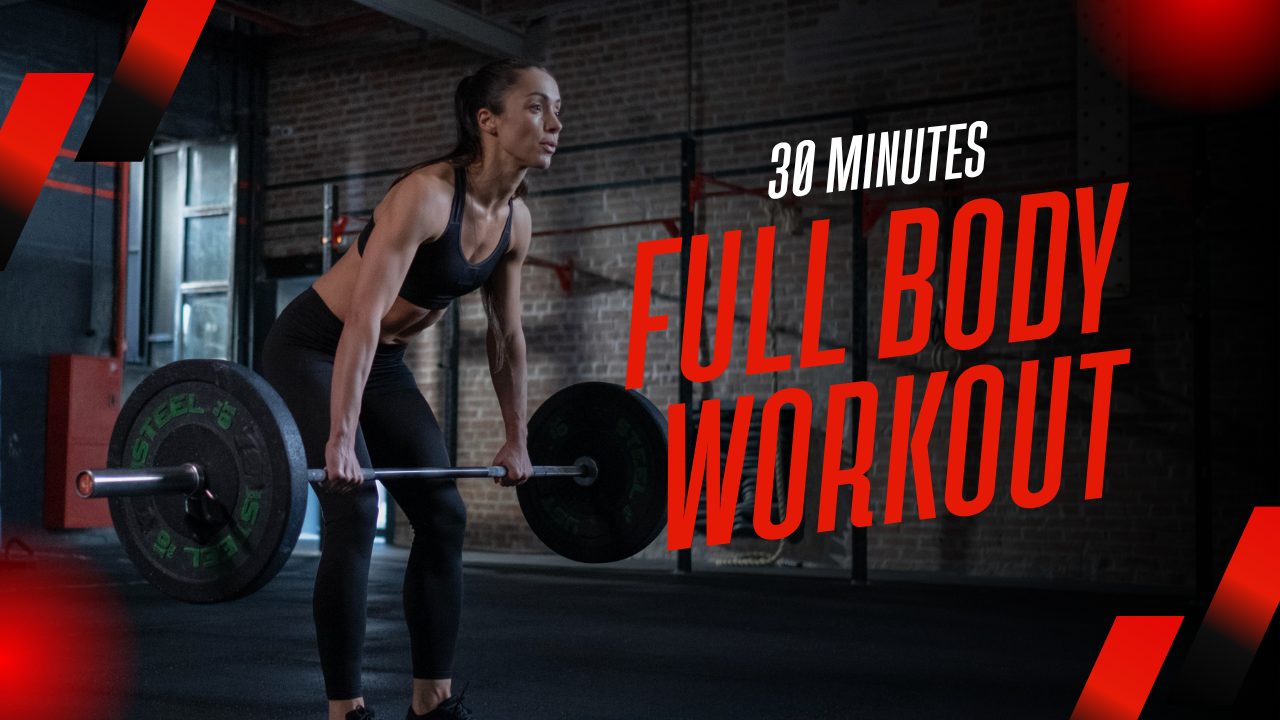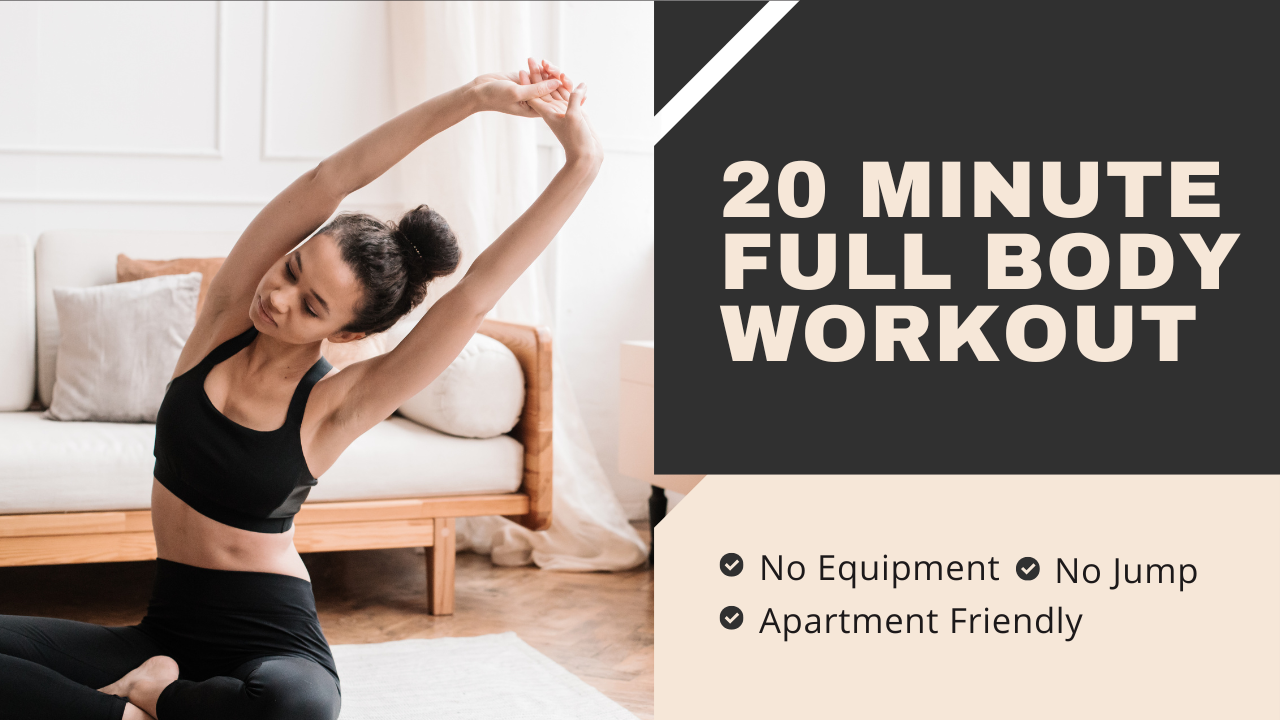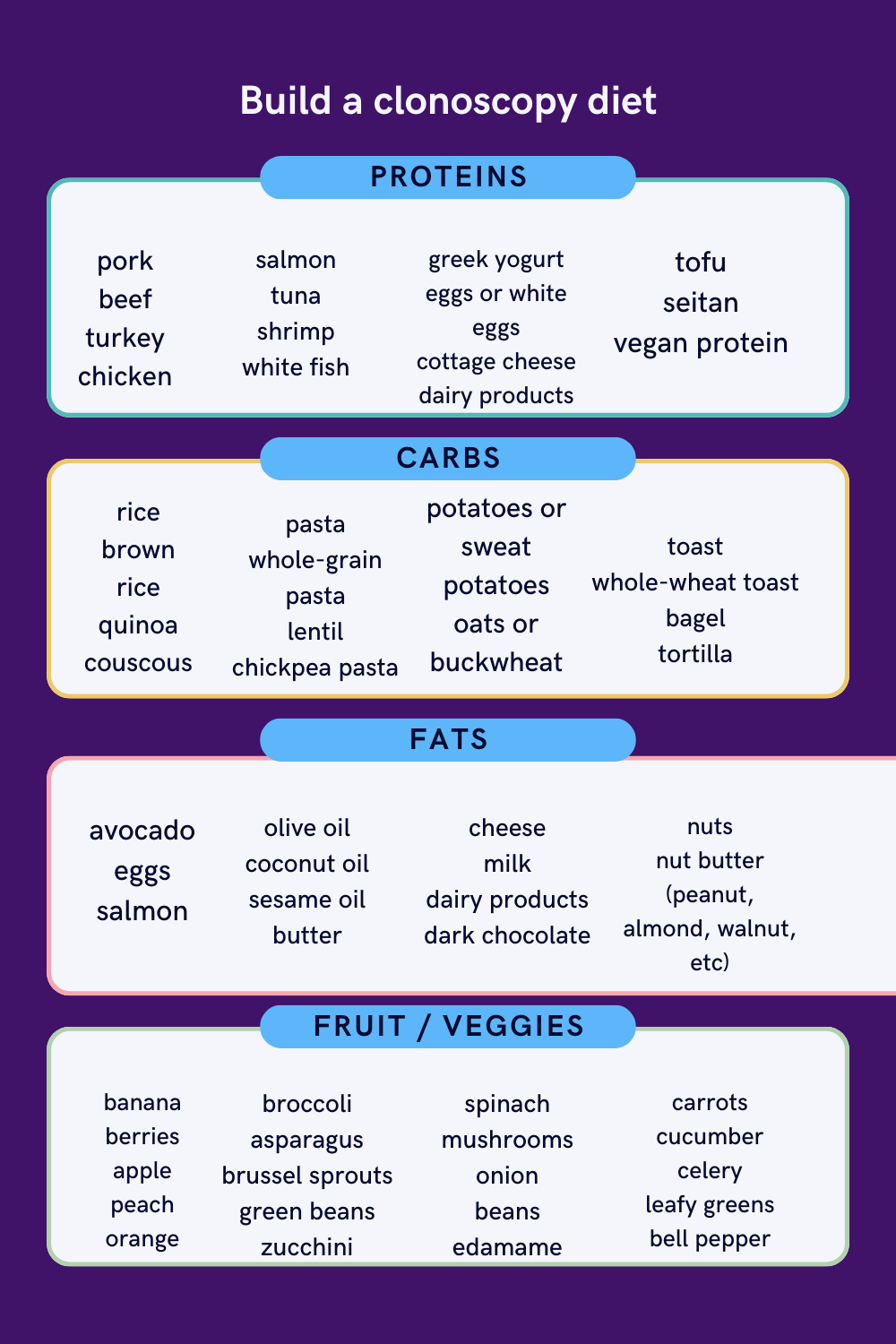Beginner Yoga plane is more than just a form of exercise—it’s a powerful tool to improve your physical health, mental clarity, and emotional well-being. If you’re new to yoga, the idea of rolling out a mat and trying complicated poses might feel intimidating. But here’s the good news: yoga is for everyone, and getting started doesn’t have to be complicated!
This beginner yoga plan introduces you to simple routines, key poses, and tips to set yourself up for success. By following this guide, you’ll not only enjoy the benefits of yoga but also develop a sustainable practice that fits your lifestyle.
Why Start Yoga?
Before jumping into the plan, it’s important to understand why yoga is such a fantastic addition to your routine. Here are just a few benefits of yoga for beginners:
- Reduces Stress and Anxiety: Yoga combines movement with breathwork, helping you relax and clear your mind.
- Improves Flexibility and Strength: Even gentle poses help stretch and strengthen your muscles.
- Boosts Balance and Posture: Regular yoga improves your alignment and helps build core stability.
- Enhances Sleep: Many beginner-friendly poses, like child’s pose or savasana, help calm your nervous system and prepare you for restful sleep.
Is Yoga Right For You?
Whether you’re looking to relieve stress, improve your fitness, or simply explore a new activity, yoga offers something for everyone. The best part? You can tailor the pace and intensity of your practice to your comfort level—even with zero prior experience.
Now that you’re inspired, here’s your beginner yoga plan to gently ease you into this rewarding practice.
***
A Simple 7-Day Beginner Yoga Plan
Below is a step-by-step guide to help you build a consistent yoga habit. Each session takes just 15–20 minutes, making it easy to fit into your day.
Day 1 – Connect With Your Breath
- Focus: Introduction to breath-centered movement.
- Poses:
-
- Easy Pose (Sukhasana) – Sit cross-legged, place your hands on your knees, and take deep, mindful breaths.
- Cat-Cow Stretch (Marjaryasana/Bitilasana) – Alternate between arching and rounding your back to warm up your spine.
- Benefits:
Improves focus, calms your mind, and teaches you to link breath with movement.
Day 2 – Gentle Stretching
- Focus: Loosening tight muscles.
- Poses:
-
- Child’s Pose (Balasana) – Stretch your lower back and hips in a resting position.
- Downward Dog (Adho Mukha Svanasana) – Slowly stretch your calves, hamstrings, and shoulders by forming an inverted “V” with your body.
- Benefits:
Relieves tension in commonly tight areas and prepares your body for deeper stretches later.
Day 3 – Strengthen Your Foundation
- Focus: Building strength and improving posture.
- Poses:
-
- Mountain Pose (Tadasana) – Stand tall and grounded, focusing on your alignment.
- Chair Pose (Utkatasana) – Mimic sitting on an invisible chair to engage your thighs and core.
- Benefits:
These standing poses improve posture and strengthen your legs and core.
Day 4 – Gentle Flow
- Focus: Linking movements for a calming sequence.
- Sequence:
-
- Cat-Cow Stretch to Downward Dog.
- Move into Low Lunge (Anjaneyasana) on each leg.
- End with Child’s Pose.
- Benefits:
Combines movement with breathwork, leaving you feeling energized and relaxed.
Day 5 – Balance and Focus
- Focus: Finding stability and concentration.
- Poses:
-
- Tree Pose (Vrksasana) – Balance on one leg as you bring the other foot to your ankle or thigh. Raise your arms overhead.
- Warrior II (Virabhadrasana II) – Strengthen your legs and open your hips in this classic yoga stance.
- Benefits:
Develops stability, improves focus, and strengthens your lower body muscles.
Day 6 – Relaxation and Recovery
- Focus: Restorative yoga.
- Poses:
-
- Reclining Butterfly Pose (Supta Baddha Konasana) – Lie on your back, bring the soles of your feet together, and allow your knees to drop open.
- Legs-Up-the-Wall Pose (Viparita Karani) – Rest your legs against a wall and relax.
- Benefits:
Encourages deep relaxation, relieves tension, and restores energy.
Day 7 – Reflect and Recharge
- Focus: Meditation and mindfulness.
- Practice:
-
- Begin with a few minutes of seated meditation in Easy Pose. Focus solely on your breath.
- Finish in Savasana (Corpse Pose), lying on your back with arms relaxed at your sides.
- Benefits:
Helps you reflect on the week, improve self-awareness, and recharge your mind and body.
***
Tips for a Great Yoga Experience
- Create a Dedicated Space
Set aside a quiet, clutter-free area where you can roll out a yoga mat. Add soft lighting or calming elements like candles or house plants for a peaceful atmosphere.
- Comfort is Key
Wear comfortable clothes that allow you to move freely. Practicing barefoot will give you better stability.
- Listen to Your Body
Never force a pose, and take breaks if needed. The goal is to feel good, not to achieve perfect form on your first attempt.
- Stay Consistent
Even if your practice is just 10 minutes long, showing up daily is more impactful than aiming for perfection.
- Use Props
Items like cushions, yoga blocks, or even a towel can make poses easier and more accessible.
***
A Final Word of Encouragement
Starting anything new can feel daunting, but remember this—every expert was once a beginner. With yoga, the focus isn’t on mastering difficult poses but on showing up, connecting with your body, and growing at your own pace.
Take it one day at a time, keep your heart open, and celebrate every small victory. Your yoga practice is uniquely yours, and every pose, no matter how simple, brings you closer to better health and inner peace. Unroll your mat today and discover the incredible benefits waiting for you!
Namaste.




